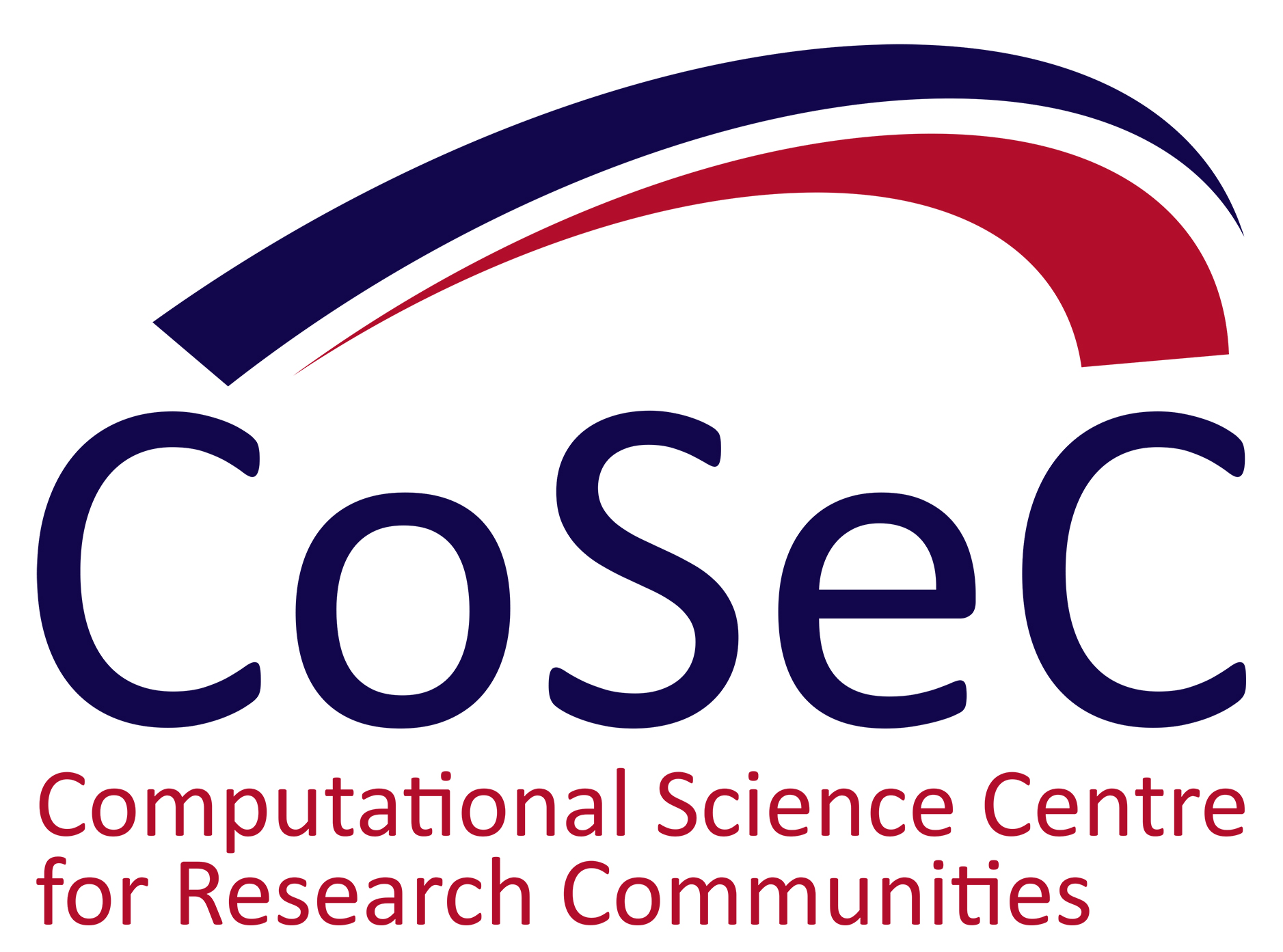 It could be called the dynamics of resonance. The explanation of the title is in the three parts to the talk; three thought experiments, I called them.
It could be called the dynamics of resonance. The explanation of the title is in the three parts to the talk; three thought experiments, I called them.
A: stands for Airy, or rather Airy functions. These are the eigenfunctions of the Hamiltonian of a particle moving in one dimension in a linear potential. In this part I looked at what happens when a particle in a stationary bound state of a 1-dimensional box is suddenly subjected to linear potential. This could correspond to a 1-dimensional electron in a uniform electric field, and could serve as a toy model for strong field ionisation. Since the particle becomes unbound the bound state of the box turns into a resonance, and the dynamics of this process is surprisingly rich.
WW: stands for Wigner and Weisskopf who worked out the transition probabilities for an electron photoexcited to a continuum state. The point of interest for me is that WW give a non-perturbative (albeit approximate) treatment of a canonical spectroscopic process, and in doing so make an early calculation of a self-energy. I was also interested to extend their treatment to pulsed exciting fields, and I give some numerical calculations on this.
A: stands for Anderson (P W), who wrote a beautiful paper initiating the study of the Anderson Model – a localized impurity in a many-electron continuum – with its very clear account of the formation of non-integral impurity magnetic moments. I was trying to think of how to calculate the dynamics of this process within a kind of time-dependent density functional theory. At the time, I was interested to see if the discontinuities in density functionals as occupation numbers pass through integral values made a difference to dynamical processes. Very much work in progress; still is.
 AWWA.pdf
AWWA.pdf
